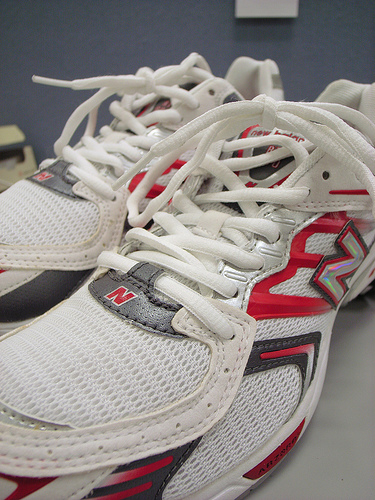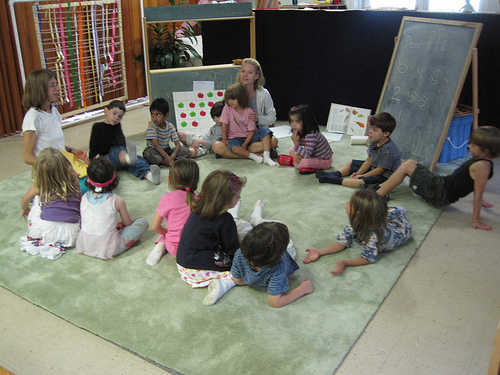 Life is one step closer to normal today.
Life is one step closer to normal today.
James has rallied back after his week-long illness and is back at school today. It completely failed to register with my overtaxed brain that today would be the day to send in Valentines cards and treats for him to hand out to his classmates, but I don’t honestly feel too bad about that. I’ve had other things on my mind. In any case, James will no doubt get a lot of attention today. He is immensely proud of the tiny little bruise on his hand where the IV line went in. He is going to show the bruise to his friends and tell the tale of his hospital adventures. I’d say the kid has earned the bragging rights.
George is still home, but he hasn’t thrown up for about thirty hours. He ate jam sandwiches yesterday, and right now he is digging into the scrambled egg that he requested. He has colour in his face again – a colour other than pure white, that is – and he is chatting away in his own little autie language. He seems happy, and definitely better. He’s getting one more day at home to recover his strength.
Gerard and I are at home as well. Both of us feel a little drained and weak, but we are also on the mend. My system is still very delicate – so delicate that I am, for the fourth day in a row, voluntarily foregoing coffee. Those who know me and my love for caffeine will appreciate just what a sacrifice this is.
Even though I am at home, I am well enough to actually work. Tomorrow I will go back to the office for the first time in almost a week. I’ll feel like Marco Polo must have when he got back from China or wherever it was he went, except that I won’t have boatloads of tea and rice with me.
After my return to work, I will be able to think about the next big thing. Running. Oh, how I miss running. How badly I want to lace up my running shoes and go out in the crisp, cold air and feel the crunching of the snow beneath my feet as I run.
If I try that today I will throw up all over that nice pretty snow. I have to be sensible. It will probably be Thursday or Friday before I try running again, and when I do, I will have to start out slow.
I won’t even care about being slow. I just want to be out on the road again.
And for everyone in my family to be able to go to bed at night without a designated puke bucket on the floor beside them.











